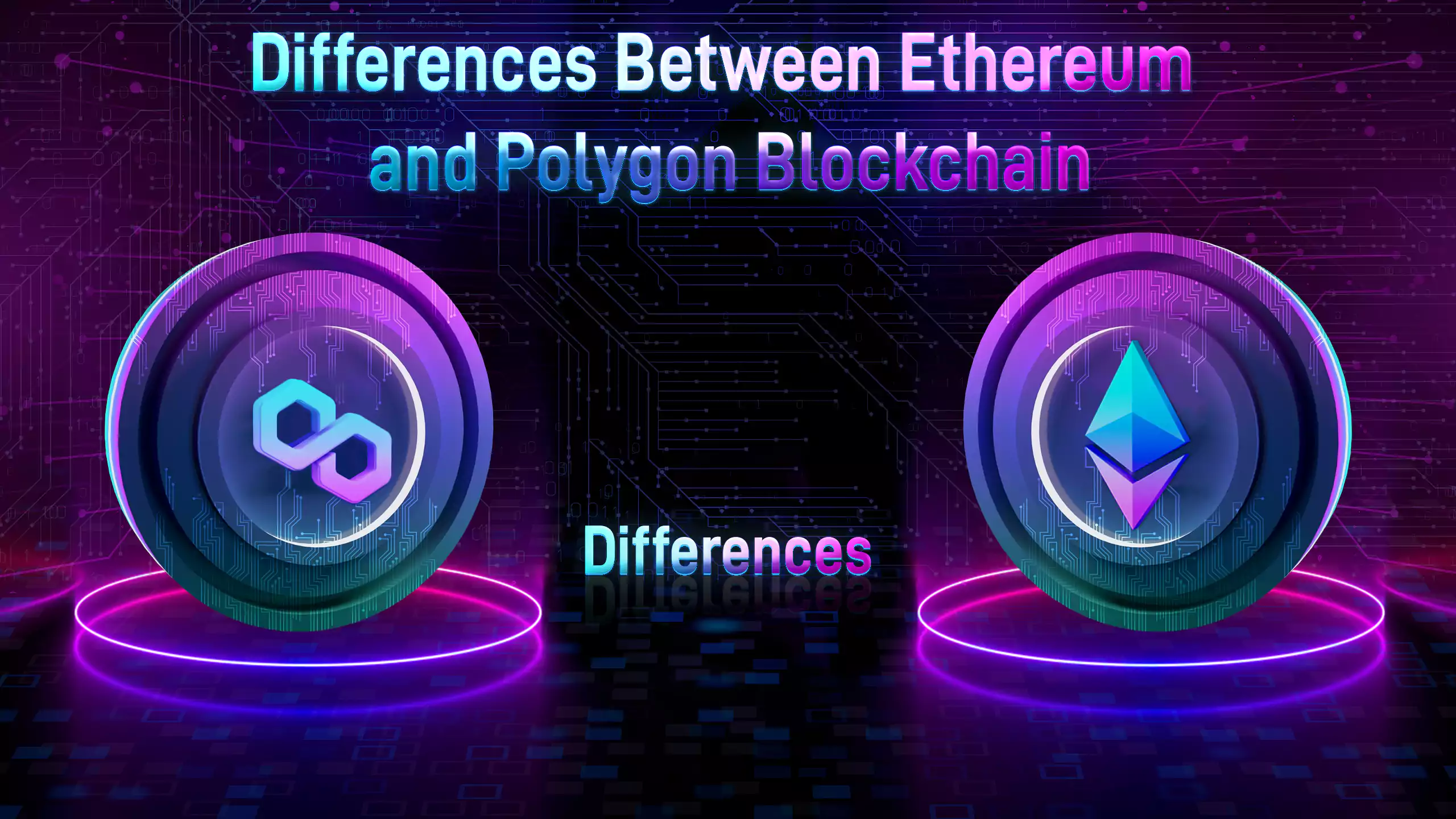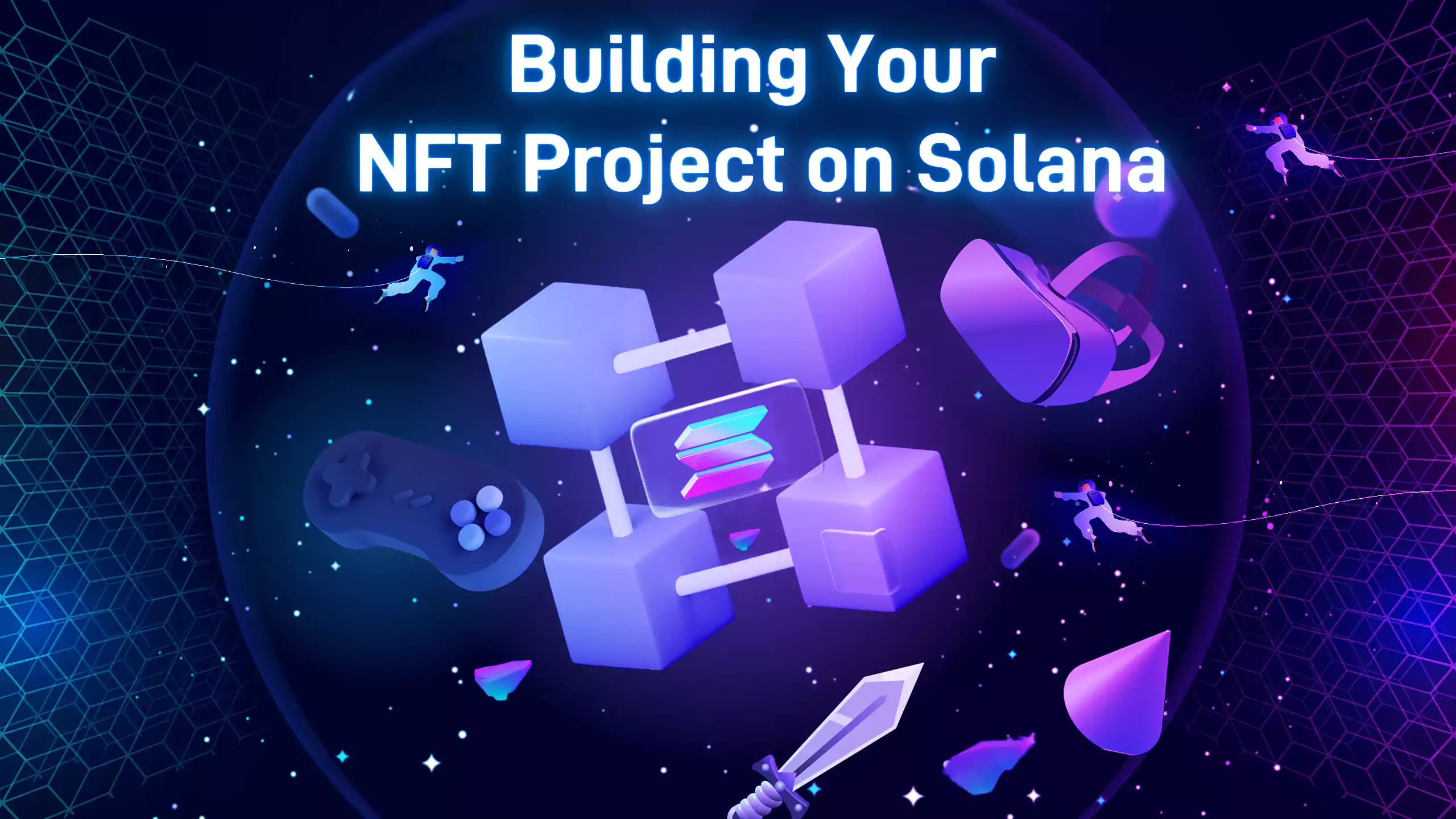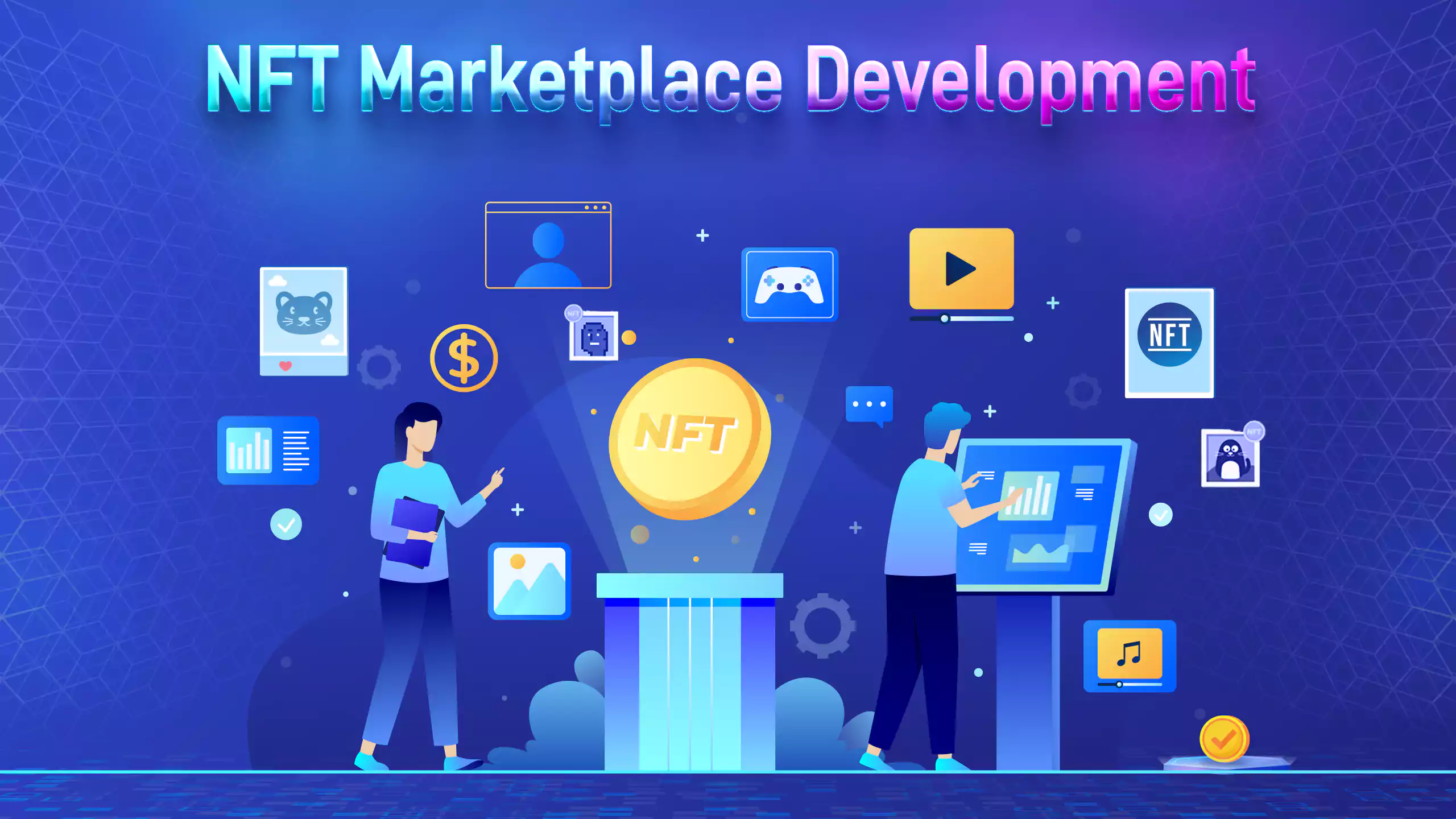Many content creators have transitioned to making NFT projects as it has opened a floodgate of prospects and opportunities in digital arts than ever before. In January 2022 alone, NFT volume reached almost $7 billion with brands like McDonalds and Nike joining the wave.
If you don’t want to feel left out from making some cool crypto from the digital content you create, now is a good time to become an NFT creator. Even if you are skeptical about paying gas fees for your works without assurance of selling out, you now have the option of pushing the fees to prospective buyers, using Polygon blockchain. Read on to find out more about the Polygon blockchain and how to mint your NFTs on it.
What is the Polygon Blockchain?
Polygon is a layer 2 solution for correcting the inadequacies of the Ethereum blockchain, which include transaction processing speed and high transaction charges. It is poised to make blockchain technology easily adoptable and more secure.
Imagine you wanted to get coffee at a shop in town but you find the queue discouraging and you have got to pay for parking all the while you are on the queue. But you don’t have a choice because that’s the only coffee shop that serves the combination of flavors you like.
Now, what would you do if a new shop opens and sells the same combination of flavors you like and there are enough baristas processing orders and brewing coffee so you can have your steamy coffee right in time? Bear in mind that you would also save on parking fees as there are no queues and delays. This is what the Polygon network represents.
Because it was created to achieve something that Bitcoin's protocol couldn't: run dApps and smart contracts, Ethereum has become the world's most popular blockchain network. DApps, arguably the biggest thing to come out of blockchain, allow developers and users to interface directly with the technology.
DApps can be used to develop fun stuff using Ethereum's network, and they're also the reason we get to enjoy NFTs. Uniswap, OpenSea, and CryptoPunks are examples of decentralized applications. Consider how many applications are queued and delivered to Ethereum's blockchain 24 hours a day, all vying for the network's validators' approval.
Polygon is one of the most well-known Layer 2 providers, and it's a terrific way to learn more about how important these scaling solutions are. Polygon, formerly known as Matic (albeit its native token is still known as Matic today), tackled the issues that affecting Ethereum in order to provide a significantly better user experience for crypto users. Polygon was one of the first companies to provide off-chain solutions to Ethereum.
Ethereum can scale greatly without sacrificing decentralization, thanks to Polygon's sidechain. Off-chain solutions provide low-cost, near-instant transactions, which are then settled in batches on the main network.
Polygon set out to fix some of Ethereum's most pressing issues, including its low throughput (transactions per second), expensive gas fees, and, of course, its overall network traffic. Polygon, above all, wants to be inclusive. Millions of individuals have been left out in the cold by Ethereum's transaction and gas fees; it's simply too expensive for most people.
Polygon improves the blockchain user experience by permitting inexpensive, instant transactions while retaining compatibility with various blockchain networks and tokens. Because the team was trying to get its Layer 2 solutions out to the DeFi community, the Polygon network was developed quite quickly.
Differences Between Ethereum and Polygon Blockchain
Polygon and Ethereum are two of the most widely used proof-of-stake networks that enable on-chain users to trade using DeFi or interact with the metaverse with GameFi in NFTs. However, some people are perplexed about the differences between the two chains.
The transaction costs are one of the key distinctions between Polygon and Ethereum. Polygon is a Layer 2 network that uses Ethereum's security. Polygon is a slightly less "secure" network as a result of this, but it compensates for it with incredibly low transaction fees.
Because the cost of swapping on Ethereum had become prohibitively exorbitant for ordinary investors, OpenSea introduced Polygon NFTs to their platform.
Although Polygon is a less expensive option, the NFTs on their network are much inferior and have less cultural importance. Cryptopunks, Bored Ape Yacht Club, Azuki's, and Pudgy Penguins are all Ethereum-based NFTS that are not available on secondary chains like Polygon.
DeFi products on Ethereum are inefficient if you manage less than $1 million in capital because the cost of depositing and withdrawing coins or liquidity is too high. The gas expenses on Ethereum reduce your yields dramatically, rendering yield farming on the network obsolete.
For instance, instead of Ethereum, you can utilize the AAVE platform on Polygon to get the same yield but paying substantially lower transaction fees. For this reason, Polygon is by far the greatest way to connect with DeFi for smaller accounts.
The gaming industry has totally abandoned the Ethereum blockchain because of its exorbitant transaction costs. Because of the low fees and quick finality, popular GameFi games like CryptoRaiders and CryptoUnicorns have moved directly to the Polygon blockchain.
This implies that, once again, if you want to play blockchain games, Polygon is your best choice.
Essential Steps to Minting NFTs on Polygon
The Polygon blockchain makes it simple to mint, buy, and transfer ownership of NFTs. Polygon's capabilities, for example, are quite beneficial whether you're performing a promotional giveaway or getting started with NFT creation. What could be better? Because the native token MATIC has held its value well in the crypto crisis, you can sell NFTs on the Polygon blockchain at Ethereum pricing. The following steps will help you mint NFTs on Polygon.
Set up Your Wallet
You'll need a Polygon-compatible crypto wallet to log into OpenSea. You can skip this step and proceed straight to the next one if you already have a wallet set up. While you can use any wallet, MetaMask is one of the best free wallets available and is recommended by the majority of NFT devs. You need to click on the Ethereum Mainnet dropdown and click on Add Network. You need to fill in the following information on the next page and save it.
Network Name: Matic Mainnet
New RPC URL: https://rpc-mainnet.maticvigil.com/
Chain ID: 137
Currency Symbol: MATIC
Block Explorer URL: https://polygonscan.com/
Get Some Matic
After you've set up your wallet, you'll need MATIC to start minting NFTs on the Polygon blockchain. While you may buy MATIC on services like Coinbase and send it to your wallet, you can also get started for free by using faucets. Macncheese.finance and Matic.supply are two faucets you can utilize to get some MATIC into your wallet.
Connect Your Wallet
The next step is to link your wallet to your OpenSea account, which you can do now that you have some tokens in it. This step is straightforward; simply choose the MetaMask wallet by clicking on the wallet symbol in the top right corner of the OpenSea webpage. After entering the needed information, your MetaMask will be connected to OpenSea.
Mint the NFT
After you've finished all of the prerequisites, the next step is to mint the NFT. You'll be led to the NFT minter if you select the "Create" button in the top right corner. To begin, upload the media that will be converted to an NFT. It could be an image, music, animation, or even physical evidence of ownership. After that, change the blockchain to Polygon and supply the required data. After you click the create button, your NFT will be ready in a few minutes.
Conclusion
Polygon is one of the most intriguing DeFi projects in existence, with a bright future for the DeFi community regarding scalability and blockchain compatibility. As an NFT project creator, if you wish to save cost and make money by selling NFTs, you can do so on OpenSea or other Polygon-supported markets.






